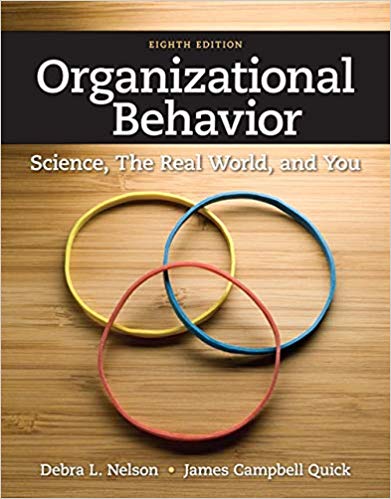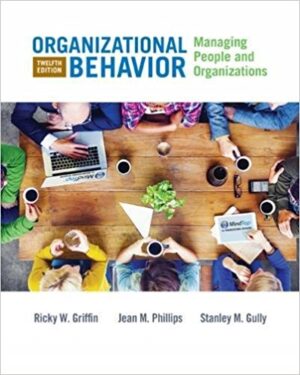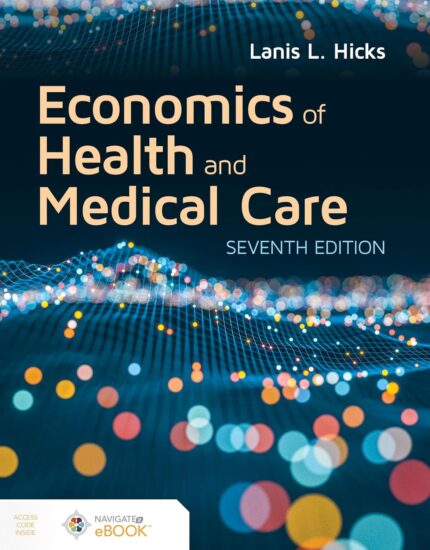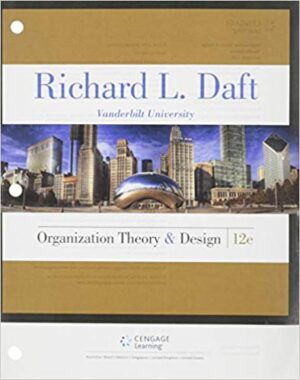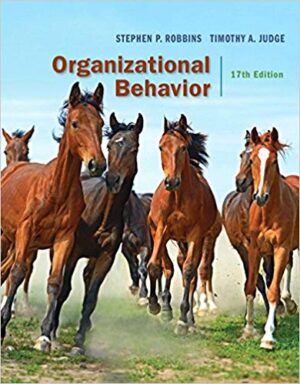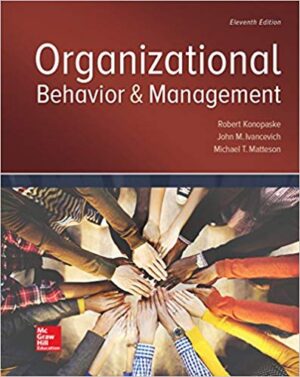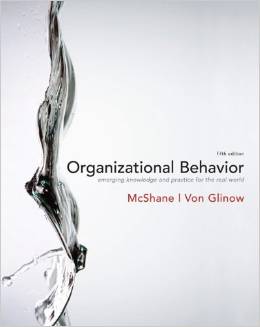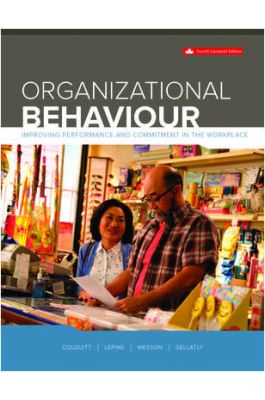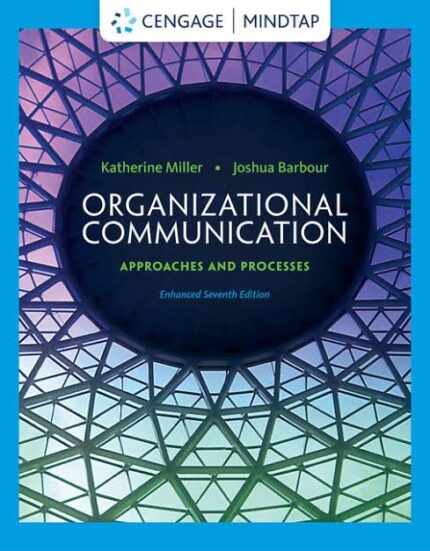Organizational Behavior Science The Real World and You 8th Edition by Debra L. Nelson – Test Bank
Do you need test banks fast? eTestBank.net is the best test bank website for you! Download your test bank right after you pay. No waiting!
Why eTestBank.net is Great:
✅ Instant Download:
Get your test bank right away after payment.
✅ Unlimited Downloads:
Download your test bank anytime and as many times as you want.
✅ 24/7 Live Help:
We are here to help you all day, every day.
✅ Guaranteed Delivery:
If you don’t get the download right away, we will send it to you in 3 to 6 hours.
How to Get Your Test Bank:
- Pick Your Test Bank: Choose from many test banks.
- Pay Safely: Pay securely on eTestBank.net.
- Download Instantly: Get your test bank immediately after payment.
- Download Anytime: Unlimited downloads whenever you need them.
Need Help? Contact Us:
📧 Email: [Support@etestbank.net]
📱 WhatsApp: [https://wa.me/message/MC222DLQ4GDXL1r]
Didn’t Get Your Download?
Don’t worry! If you don’t get the file right away, we’ll send it to you in 3 to 6 hours. Need it sooner? Contact us by email or WhatsApp.
💡 Buy now from eTestBank.net for instant downloads, unlimited access, and 24/7 support—get your test bank today!
CHAPTER 3—PERSONALITY, PERCEPTION, AND ATTRIBUTION
MULTIPLE CHOICE
1. The two determinants of one’s personality are heredity (genetics) and the environment. Larry Ellison, co-founder and CEO of Oracle attributes much of his success to his personality and states that his personality was mostly shaped by his:
|
a. |
love of hiking and sailing |
|
b. |
penchant for having fun which led him to drop out of two universities |
|
c. |
relationship with his father |
|
d. |
service in the Air Force |
ANS: C PTS: 1 DIF: Moderate REF: p. 82
NAT:AACSB: Reflective Thinking | AACSB: Individual Dynamics
TOP: Thinking Ahead and Looking Back MSC: K&C
2.According to the proponents of interactional psychology, all of the following are correct except:
|
a. |
behavior is a function of heredity and physical stature |
|
b. |
people vary in terms of cognitive, affective, motivational, and ability factors |
|
c. |
a situation can be viewed objectively |
|
d. |
one’s subjective view of the situation can also be important |
ANS: A PTS: 1 DIF: Moderate REF: pp. 82-83
NAT:AACSB: Reflective Thinking | AACSB: Individual Dynamics
TOP: Individual Differences and Organizational Behavior MSC: K&C
3.The basis for understanding individual differences stems from:
|
a. |
Jung’s development of personality archetypes |
|
b. |
Carl Roger’s contention that everyone is unique |
|
c. |
Bandura’s approach to social-cognitive social learning theory |
|
d. |
Lewin’s contention that behavior is a function of the person and the environment |
ANS: D PTS: 1 DIF: Moderate REF: p. 82
NAT:AACSB: Reflective Thinking | AACSB: Individual Dynamics
TOP: Individual Differences and Organizational Behavior MSC: K&C
4.The way in which factors such as skills, abilities, personalities, perceptions, attitudes, values, and ethics differ from one individual to another is referred to as:
|
a. |
personality |
|
b. |
individual differences |
|
c. |
the basis for group differences |
|
d. |
variation in traits |
ANS: B PTS: 1 DIF: Moderate REF: p. 82
NAT:AACSB: Reflective Thinking | AACSB: Individual Dynamics
TOP: Individual Differences and Organizational Behavior MSC: K&C
5.All of the following are examples of individual differences except:
|
a. |
personality |
|
b. |
general mental ability |
|
c. |
emotional intelligence |
|
d. |
norming |
ANS: D PTS: 1 DIF: Easy REF: p. 83
NAT:AACSB: Reflective Thinking | AACSB: Individual Dynamics
TOP: Skills and Abilities MSC: K&C
6.What is considered the single best predictor or work performance across many occupations studied both here in the United States and across different cultures?
|
a. |
GMA |
|
b. |
Extraversion |
|
c. |
Conscientiousness |
|
d. |
Emotional Stability |
ANS: A PTS: 1 DIF: Moderate REF: p. 83
NAT:AACSB: Reflective Thinking | AACSB: Individual Dynamics
TOP: Skills and Abilities MSC: K&C
7.According to the Science Feature of Chapter 3, where General mental ability (GMA) was investigated in association with victimization, this study supported all of the following Except:
|
a. |
Having a high GMA does not have a downside in terms of being a target at work. |
|
b. |
An individual with high cognitive ability and also a caring, cooperative, and secure personality will not experience an increase in victimization. |
|
c. |
An individual with high GMA and a personality that includes independence and dominance will be more likely to be victimized. |
|
d. |
Highly intelligent individuals should cultivate their positive personality traits as well as their intellectual skills. |
ANS: A PTS: 1 DIF: Hard REF: p. 84
NAT:AACSB: Reflective Thinking | AACSB: Individual Dynamics
TOP: Skills and Abilities | Science Feature MSC: K&C

